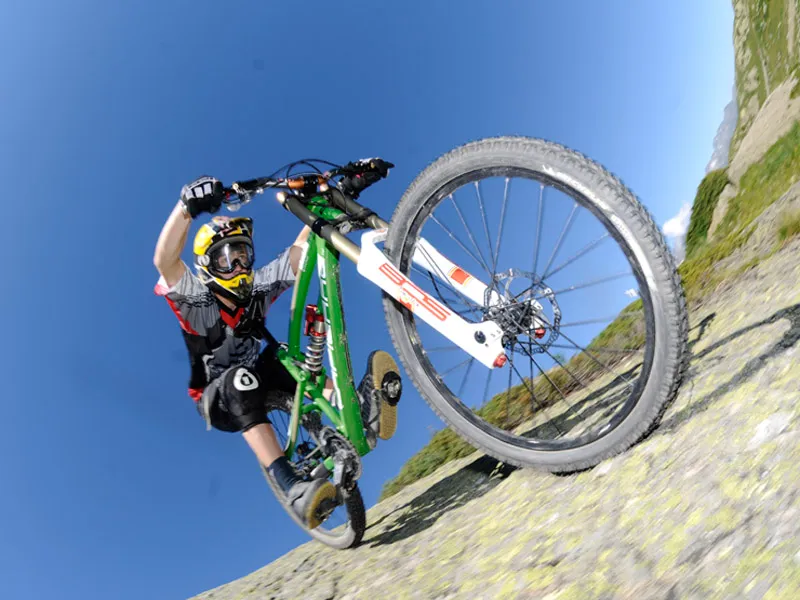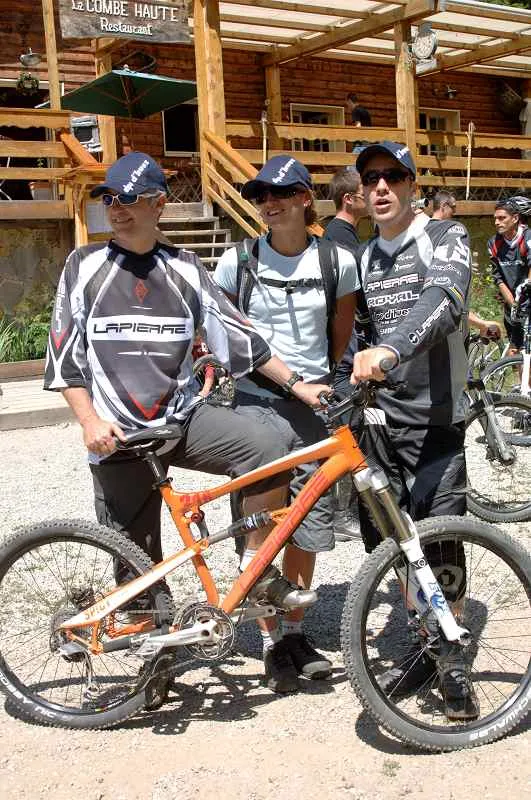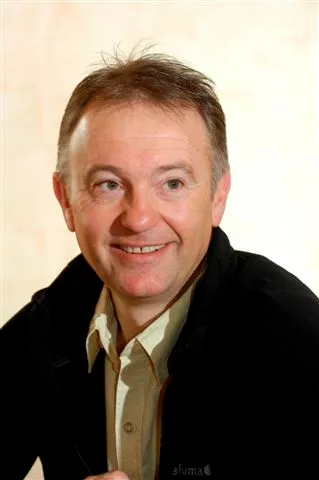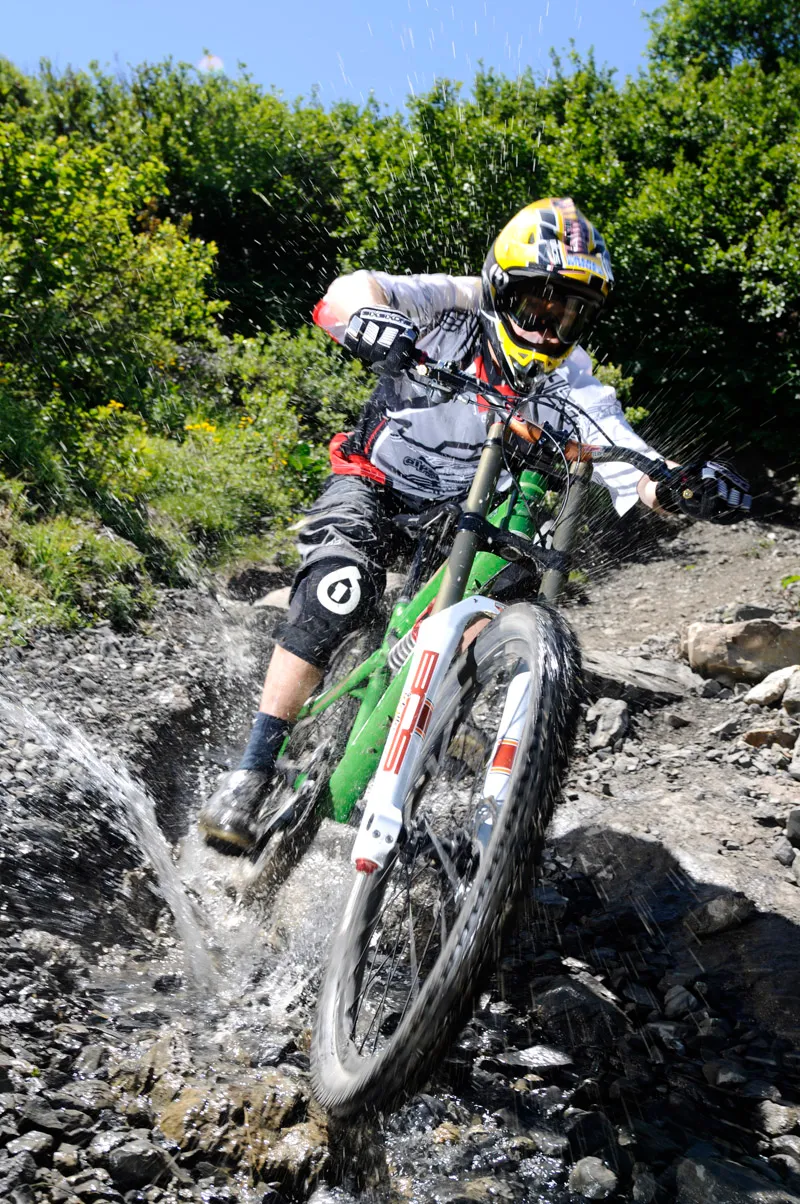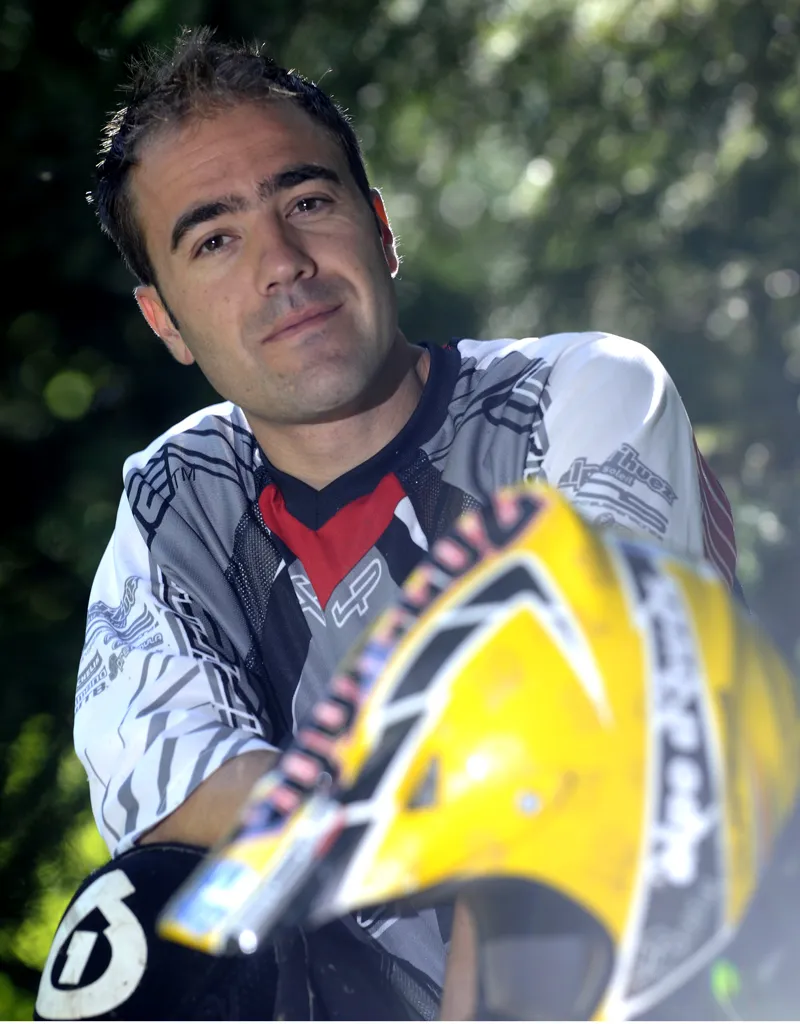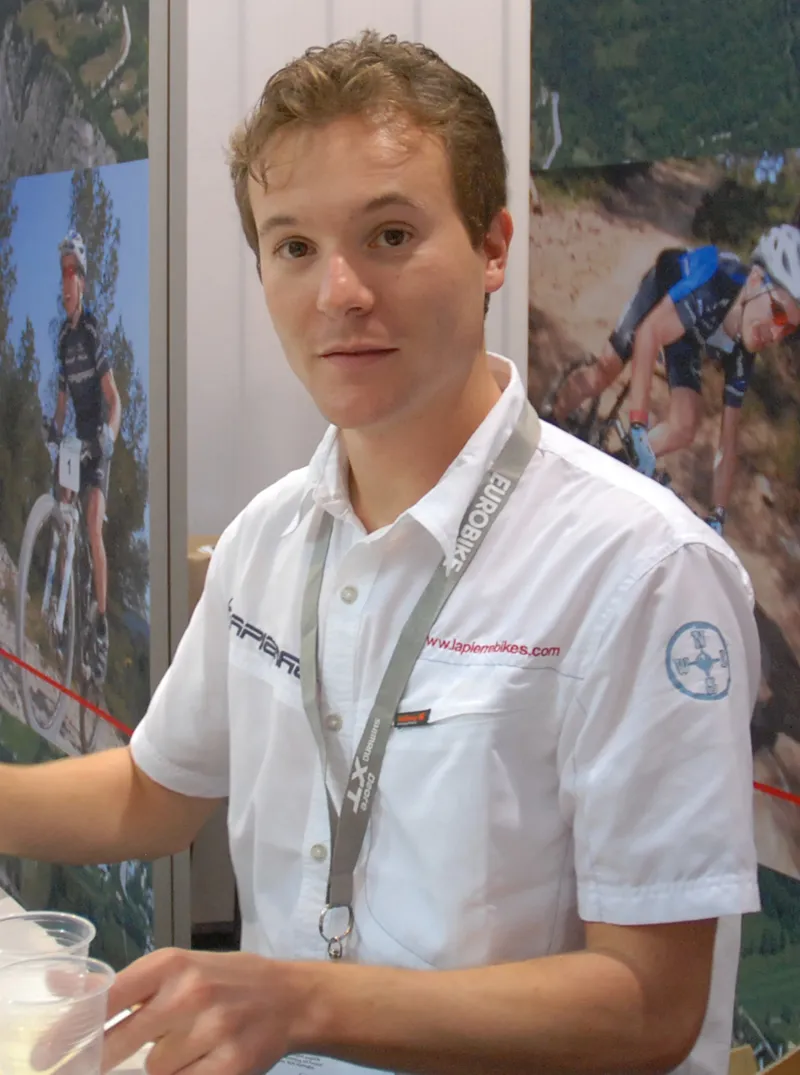French company Lapierre were founded in 1946 by Gaston Lapierre, grandfather of current managing director Gilles. They make all kinds of bicycles, but it is their high-end road race and mountain bikes which have been attracting admiring glances and rave reviews of late.
In an exclusive interview, we talk to Gilles Lapierre, road bike designer Rémi Gribaudo, mountain bike designer Emmanuel Antonot and former world champion downhill racer Nico Vouilloz about the company’s cutting-edge road bikes and their new breed of award-winning mountain bikes.
Innovation and quality control
Although proud of their Euro-cool graphics and sleek design, it is the functional aspect of his bikes that Lapierre feels defines the brand.
He says: “At Lapierre, we try to make homogeneous, quality bikes, down to the smallest detail. Every time we ride we try to test or confirm a technical solution, a setting, a tyre or any other of a long list of details. The experience and high standards of Nicolas Vouilloz and the other riders from our various teams help push us forward as well.”

Emmanuel Antonot explains his designs during testing of a Lapierre prototype
Lapierre value customer satisfaction as highly as innovative design. All bikes are made in Asia and assembled at three production facilities across France, with the high-end models put together at the company's Dijon factory. All bikes are assembled using independent workstations, so one person assembles the entire bike (although certain parts are pre-assembled by other workers, such as handlebars and wheels).
When the bike is complete, the assembler signs a “bike pass” which is delivered with the bike. Gribaudo says: “This allows us to trace any assembly defaults quickly and efficiently. Since switching from a chain assembly to this individual method (about 10 years ago), productivity has increased and errors have decreased.”
Road bike revolution
Lapierre sponsor the Française des Jeux road race team, headed by Sandy Casar and Remy Di Grégorio. Their weapon of choice for the 2009 season is the new carbon fibre X-Lite II frame, which has already had stage wins in the Paris-Nice and the Tour Med. It is stronger and lighter than its award-winning predecessor, due in part to its advanced monocoque manufacturing technique.
In the past, carbon monocoque frames were made with plastic bladders, which were inflated during the heating and moulding stage in order to apply pressure to the inside surfaces of the frame. The problem was that these bladders were not able to apply a unified pressure to the joints of the frame, such as the head tube or bottom bracket shell. Extra carbon layers had to be added in order to reinforce these sensitive zones.
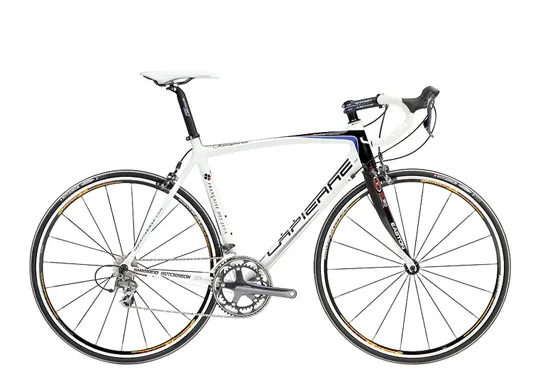
Lapierre's X-Lite II frame in its Française des Jeux guise, the X Lite 400 FDJ
With the new X-Lite II frame, Gribaudo and his team have addressed this by making silicone mandarins that are pre-moulded, then removed after the heating process, to have the exact shape of the inside surface of the frame.
This means that there is a unified pressure applied to the frame during the heating and moulding stage, resulting in a perfectly smooth finish and therefore better adhesion between the carbon layers. As a result, they no longer have to add extra layers to those sensitive joint zones, saving weight while also boosting strength.
Gribaudo is keen to "ensure podiums" with the new frame, but says the other goal of sponsoring a professional team is to inspire amateurs. He says: "I'm not just happy if they choose Lapierre as a brand, it's also about inspiring them to ride bicycles more in general.”
The new X-Lite II frame will be available to buy in the UK as a complete bike or a custom build using Lapierre's Web Series programme.
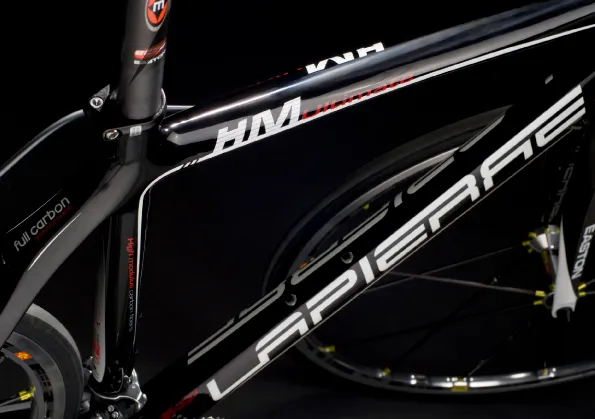
A manufacturing advance means the X-Lite II is stronger and lighter than its predecessor
Zesty and Spicy mountain bikes
Although Lapierre make a number of mountain bikes, it is the 140mm Zesty and 160mm Spicy full-suspension bikes that are grabbing the headlines, with both models receiving 'best on test' in recent What Mountain Bike reports.
They were designed by chief mountain bike product designer Emmanuel Antonot, with ongoing feedback from none other than mountain biking legend Nico Vouilloz, 10-time world downhill champion and winner of 16 World Cup races.
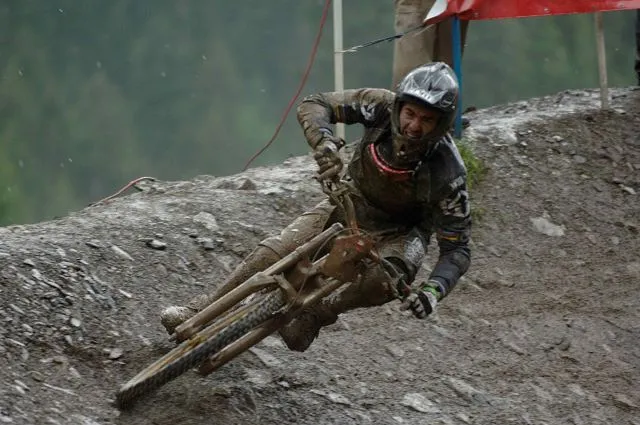
Nico Vouilloz putting in some World Cup testing at Champery in Switzerland
Vouilloz’s role was to test the prototypes and give feedback on possible modifications and improvements to the geometry and suspension.
Antonot would then make the necessary adjustments and, in conjunction with suspension partner Fox, perfect the setup of the OST suspension platform.
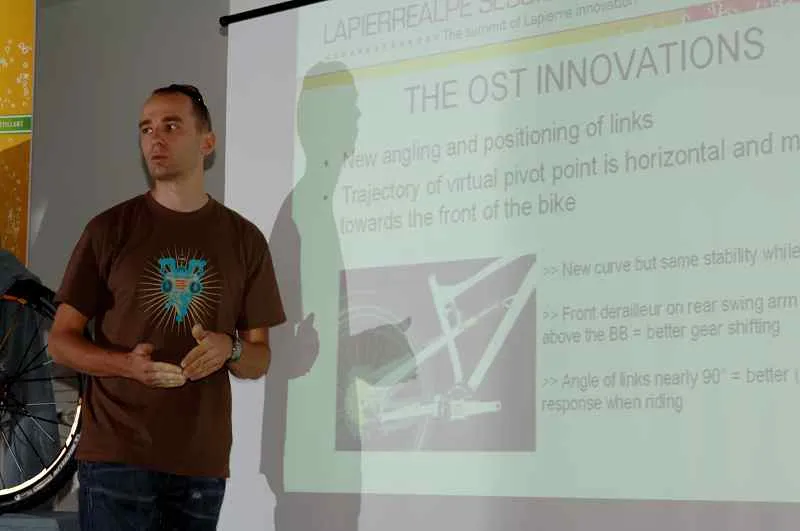
Antonot explaining the basics of Lapierre's mid-travel OST suspension platform
The original idea behind OST was to recreate the FPS suspension platform Lapierre use on their shorter travel X-Control models. At first, they tried to adapt the FPS system to longer travel trail bikes. Although they say the results weren’t bad, they found the front derailleur got in the way, so they decided to start again from scratch.
The company say the new OST system gives all the proven pedalling and neutral suspension benefits of the FPS system, but with an added fun factor.
As Lapierre himself says, the Zesty and Spicy are “bikes that allow the rider to really enjoy his or her mountain biking experience, but with serious performance and handling capabilities”.
The designs are impressively bob-free, especially considering that even the top-end models are specced with rear shocks that have little or no platform damping. When asked how they achieve this, Antonot says: “This is a great question that I’m glad to hear asked! It’s a result of many years of work and to tell the truth, I’d prefer to keep the answer a secret!
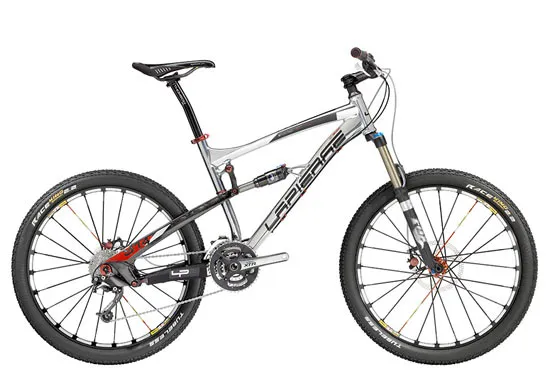
Lapierre's Zesty – good pedalling and neutral suspension with an added fun factor
"No, but more seriously, it's as a result of studying suspension platforms and solutions since 1999. Since then, we’ve done a lot of development and registered many patents."
To get bob-free bikes, Antonot feels it “isn't enough just to have a virtual pivot point system". He says: "You need a specific configuration of the system, and whether we’re talking about our FPS or our OST platform, the concept is the same, even if the architecture is different.”
With both suspension systems, the aim is for the virtual pivot point to be aligned with the chain when the rider is on the bike.
Antonot says: "If the bike were to try to bob, the bobbing effect is automatically cancelled out by the virtual pivot moving away from the line of the chain. The bike corrects itself continually, resulting in a suspension that is independent but stable.”
Lapierre do all of their tests without any platform damping on the shocks. Antonot says: "We're probably one of the few brands to do all of our tests without the ProPedal engaged; we try not to rely on this function.
"The goal of the different choices for the damping and rebound settings is to achieve a dynamic and efficient suspension (grip, comfort, etc), but definitely not to eliminate any pumping effect since our patented OST system already assures stability while pedalling."

The Spicy uses Lapierre's OST suspension platform and has garnered rave reviews
DH 920 and Froggy
This year there are two new mountain bikes in the lineup. The DH 920 is Lapierre's team downhill bike. Based around the aforementioned FPS suspension platform (because it doesn’t have a front derailleur), it has been designed from the ground up with input from Vouilloz and team riders Danny Hart and David Vasquez, as an evolution of last year’s DH 230.
It has 200mm of rear suspension travel at a relatively light 17.2kg overall weight, with Fox 40 RC2 forks. We loved it when we tested it earlier this year, describing it as “an amazing out-of-the-box race-ready bike…that comes into its own on steep cambers, loose turns and over roots. The control it generates is amazing… it feels both solid and nimble, making it easy enough to pick up over obstacles or throw around on jumps, but also good at carrying vital momentum”.
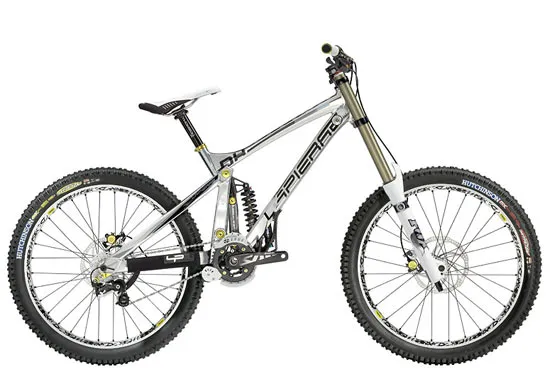
The DH 920 is an amazing out-of-the-box race-ready downhill bike
The freeride-ready Froggy uses the OST platform with 180mm of rear wheel travel. It is a beefier, reinforced version of the Spicy, built to take big drops and flat-out Alpine descents, while maintaining the platform’s proven pedalling ability.
Antonot says: “We were missing a bike in our lineup between the Spicy and the DH. We wanted to create a bike with more travel that would allow the rider to throw bigger jumps and ride even harder, but that still had pedalling capabilities. The Froggy was designed using our OST suspension platform, as almost a mini-DH bike that could still easily climb.”
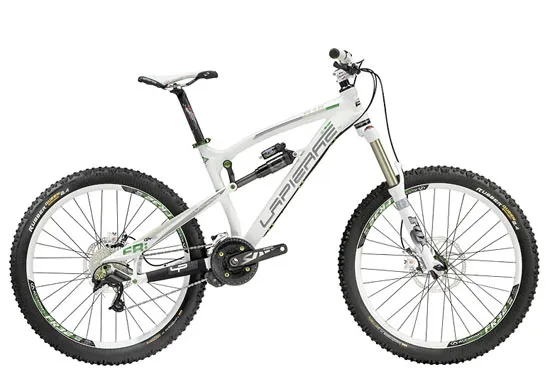
The Froggy is a mini downhill bike that can still get you to the top of the hill
Lapierre’s future? Pushing innovation even further
Lapierre believes it is necessary for his road and mountain bikes to keep pushing the boundaries of what’s possible. This is reiterated by his staff.
Gribaudo says: “The innovations that we will see in road bikes will be directly related to optimising the weight/performance ratio. The ‘perfect’ bike will be lightweight, stiff and comfortable.”
He acknowledges that “stiff and comfortable” may seem contradictory, but says he is hopeful that “current and future technologies will allow us to consider different areas of the frame independently, which means we can control the frame’s characteristics with precision to get the result we want”.
Antonot believes Lapierre's mountain bikes will also continue to push the limits of innovation. In fact, he feels that the continual striving for innovation defines his life as a designer.
“Can they be improved? That’s a question I ask myself after we finish every bike," he says. "We are always trying to look for improvements. The future generations will be better – that’s the rule of evolution!”
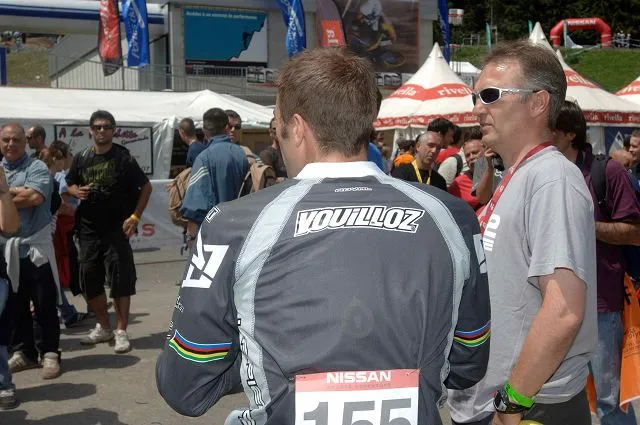
Vouilloz and Lapierre in discussion at the Champery World Cup round in 2007
Vouilloz is happy that “right now we’ve found a good compromise between pedalling efficiency and the bike’s capabilities on descents”, but he too isn't ready to rest on his laurels. "You can always find ways to optimise weight, stiffness, modify suspensions, etc,“ he says.
Lapierre is also keen for his staff to remember what it is they like about cycling. “My philosophy is about creating modularity, simplicity and efficiency," he says. "We have to be open-minded and figure out how to make biking an activity that you can do whenever, wherever, without a huge hassle. That is the essence of what Lapierre stands for.”
